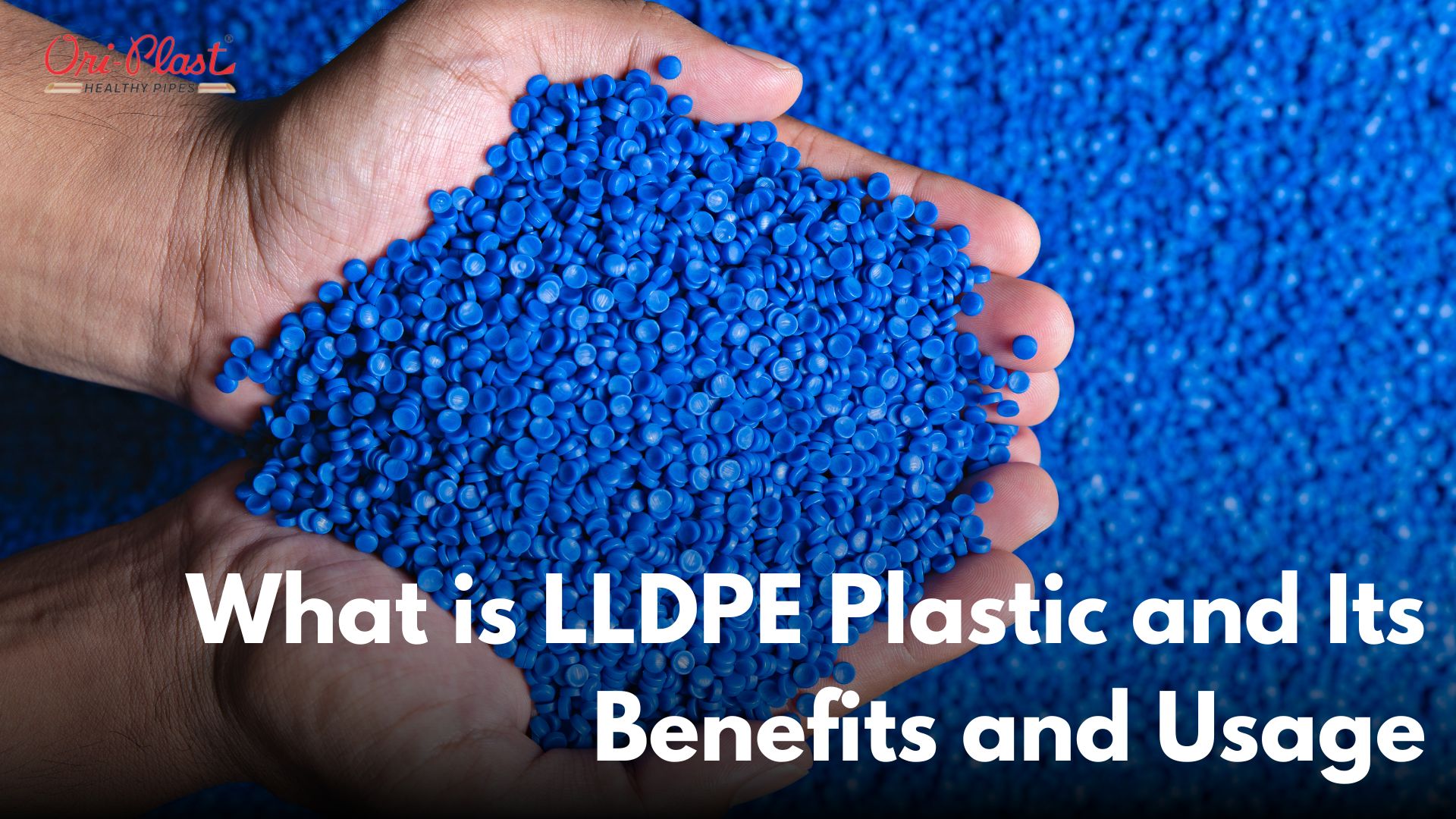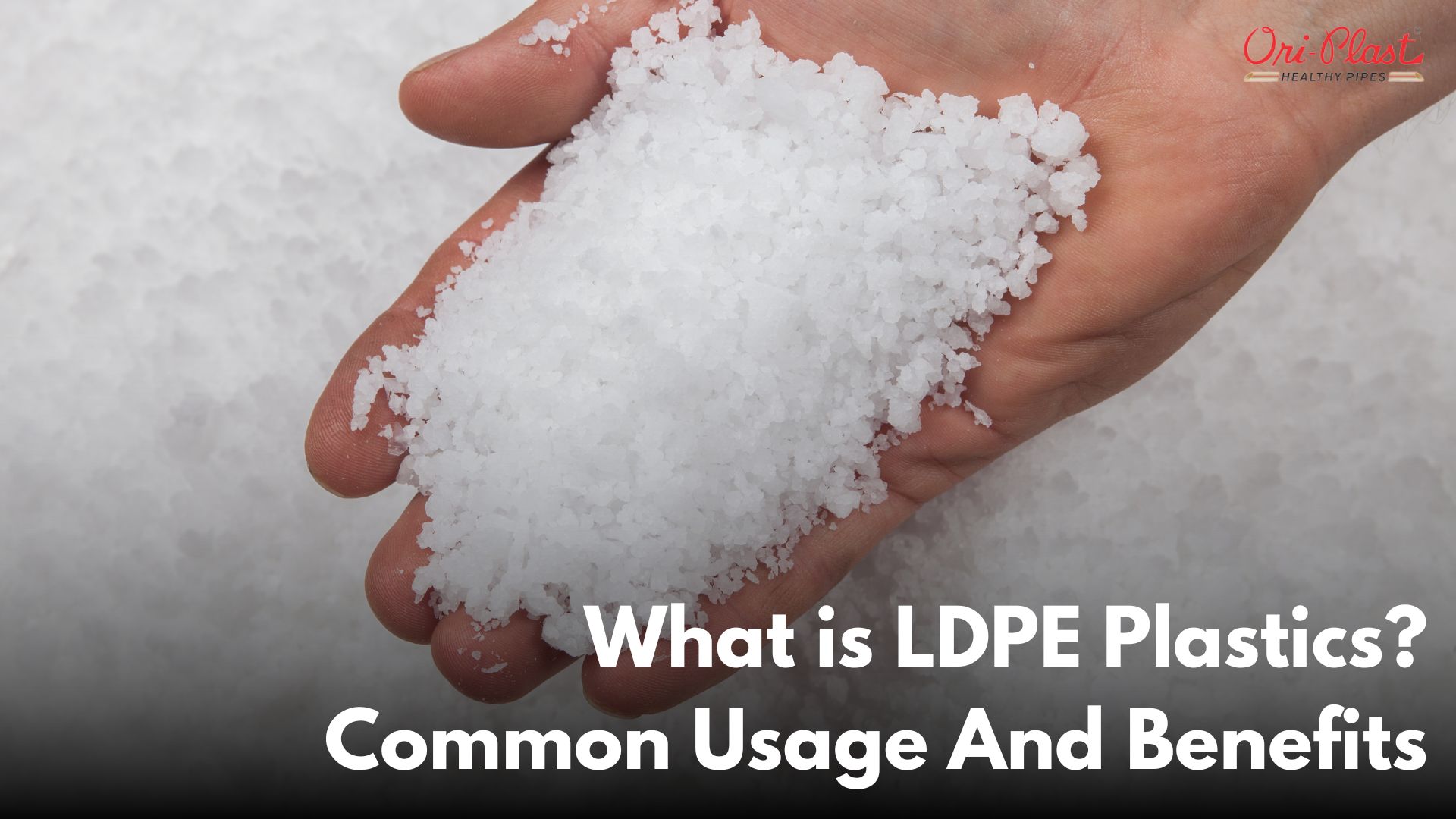LLDPE, short for Linear Low-Density Polyethylene, is a type of plastic that has become increasingly popular in recent years due to its unique properties and versatility. In this comprehensive blog post, we'll dive deep into the world of LLDPE, exploring its characteristics, benefits, and various applications. So, let's get started!
Understanding LLDPE: The Basics
LLDPE is a member of the polyethylene family, which is one of the most widely used plastics in the world. It is produced by the polymerization of ethylene, with the addition of small amounts of other alpha-olefins, such as butene, hexene, or octene. These additional monomers create a linear structure with short branches, resulting in a material that is stronger and more durable than traditional low-density polyethylene (LDPE).
One of the key features of LLDPE is its density, which typically ranges from 0.910 to 0.940 g/cm³. This lower density compared to other polyethylene grades, such as high-density polyethylene (HDPE), contributes to its unique properties and applications.
Advantages of LLDPE
LLDPE offers a range of advantages that make it a popular choice in various industries. Let's explore some of the key benefits of this versatile plastic:
Strength and Toughness
LLDPE is known for its excellent strength-to-density ratio, making it an ideal choice for applications that require durability and impact resistance. Its linear structure and short branches create a strong intermolecular force, resulting in a material that can withstand high stress and strain without breaking or deforming.
Flexibility and Softness
Despite its strength, LLDPE is also flexible and soft to the touch. This property makes it suitable for applications that require a balance of rigidity and pliability, such as packaging films and stretch wrap.
Clarity and Transparency
LLDPE has a high degree of clarity and transparency, which is particularly important for applications where visual appeal is a priority, such as packaging for consumer goods.
Chemical Resistance
LLDPE exhibits good resistance to a wide range of chemicals, including acids, bases, and solvents. This property makes it suitable for applications that involve exposure to harsh environments or chemicals.
Ease of Processing
LLDPE is relatively easy to process compared to other polyethylene grades, making it suitable for a variety of manufacturing techniques, such as extrusion, injection molding, and blow molding.
Applications of LLDPE
LLDPE's unique properties and advantages have made it a popular choice in various industries and applications. Here are some of the most common uses of LLDPE:
Packaging
One of the largest applications of LLDPE is in the packaging industry. Its flexibility, strength, and clarity make it ideal for creating films, bags, and pouches for a wide range of products, including food, cosmetics, and pharmaceuticals.
LLDPE is commonly used in the production of:
- Stretch wrap and shrink wrap
- Grocery and shopping bags
- Trash can liners
- Bubble wrap and protective packaging
- Pouches and sachets for snacks and personal care products
Agricultural Applications
LLDPE is widely used in the agricultural industry due to its durability, flexibility, and resistance to weathering. Some common agricultural applications of LLDPE include:
- Greenhouse films and mulch films
- Irrigation pipes and tubing
- Silage bags and bunkers
- Nursery pots and trays
Automotive Components
LLDPE is used in various automotive components due to its strength, flexibility, and resistance to chemicals and weathering. Some examples include:
- Fuel tanks and fluid reservoirs
- Bumper fascias and trim
- Interior door panels and consoles
- Underbody coatings and sealants
Toys and Sports Equipment
LLDPE's durability and flexibility make it a popular choice for toys and sports equipment. Some examples include:
- Playground equipment
- Sporting goods, such as kayaks and paddleboards
- Outdoor furniture and decking
- Toys and games
Household and Industrial Products
LLDPE is also used in a wide range of household and industrial products, such as:
- Containers and lids for food storage
- Detergent bottles and caps
- Housewares and kitchen utensils
- Industrial drums and containers
- Pallets and crates for material handling
Sustainability and LLDPE
As environmental concerns continue to grow, the sustainability of plastics has become an increasingly important topic. LLDPE, like other polyethylene plastics, is recyclable and can be reused in various applications, reducing waste and conserving natural resources.
Many manufacturers are also exploring the use of bio-based and recycled content in LLDPE production, further enhancing its sustainability profile. Bio-based LLDPE is produced using renewable resources, such as sugarcane or corn, while recycled LLDPE is made from post-consumer or post-industrial waste.
The Future of LLDPE
As technology continues to advance, the future of LLDPE looks bright. Researchers and manufacturers are constantly working to develop new and improved grades of LLDPE with enhanced properties and applications.
Some of the emerging trends and developments in the LLDPE market include:
- The development of ultra-low-density LLDPE (ULDPE) for applications requiring even greater flexibility and softness
- The incorporation of nanofillers and additives to improve the barrier properties and thermal stability of LLDPE
- The use of LLDPE in 3D printing and additive manufacturing processes
- The increasing adoption of LLDPE in the medical and healthcare industries for applications such as IV bags and tubing
Conclusion
LLDPE is a versatile and widely used plastic that offers a unique combination of strength, flexibility, and clarity. Its numerous applications in packaging, agriculture, automotive, toys, and household products demonstrate its value and importance in modern society.
As the world continues to grapple with environmental challenges, the sustainability of LLDPE is becoming increasingly important. The development of bio-based and recycled LLDPE, as well as ongoing research into new and improved grades, suggests that LLDPE will continue to play a significant role in the future of plastics and materials science.


